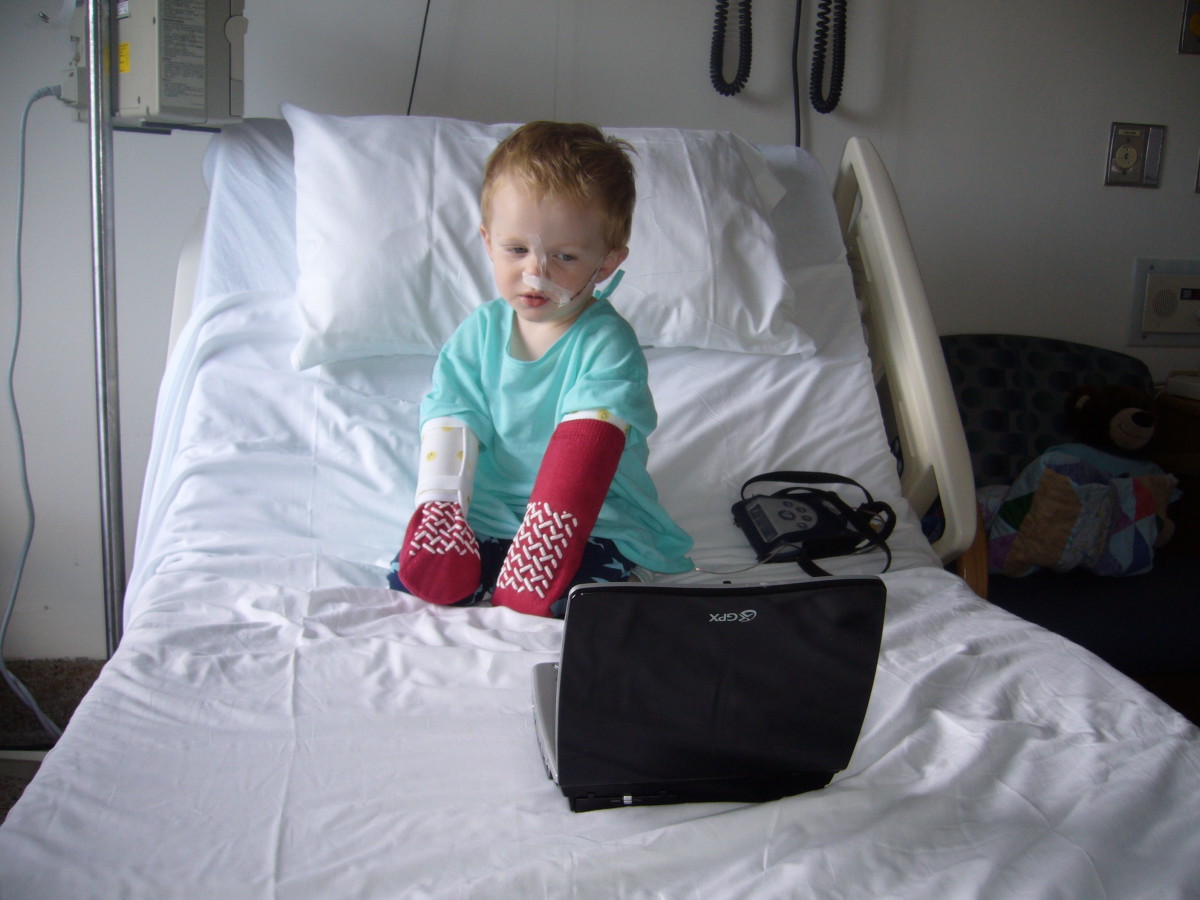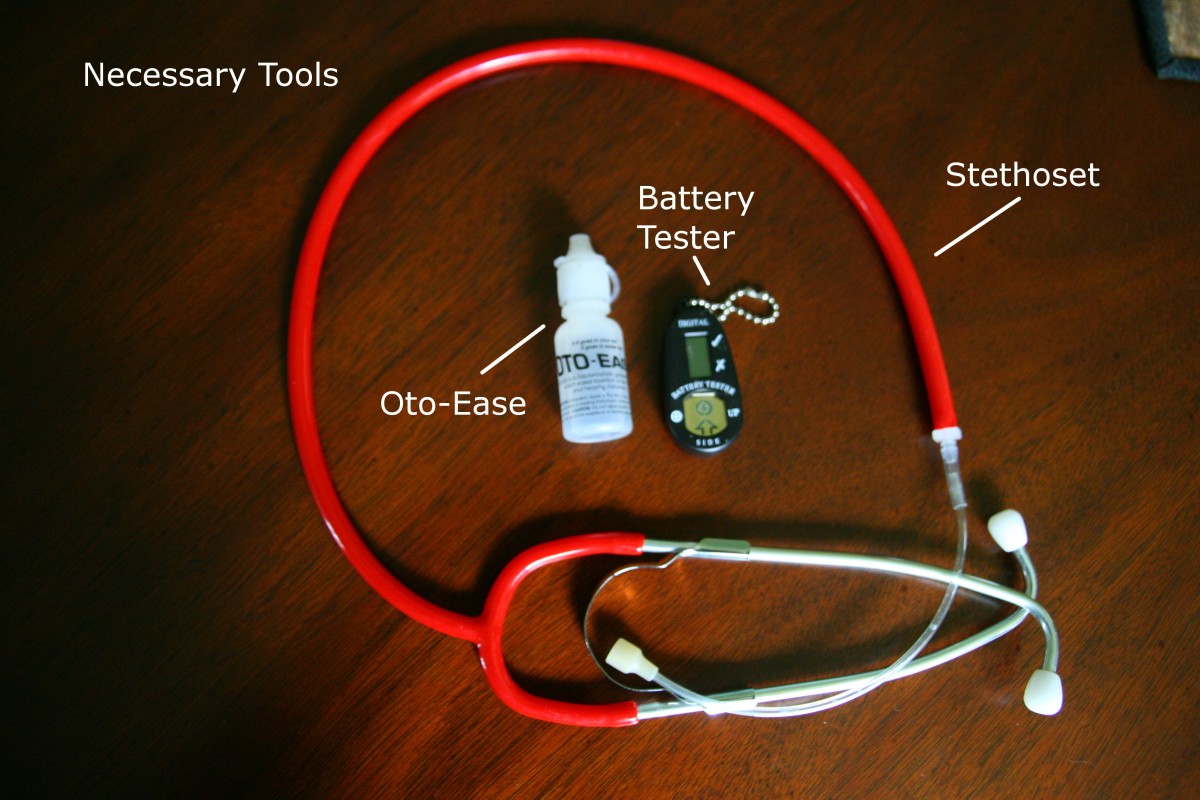Methods of Supporting Children Who Have Language and Communication Needs (SLCN)
There are many methods that can be used help and support children who have language and communication needs (SLCN). Which of these will be the most effective depends on the nature of each individual child’s difficulties and needs. In the UK, the Common Core provides guidelines and information on various communication and language difficulties. Further information and ideas can also be sought from agencies such as The Communication Trust or Talking Point.
In order to support and build empathy and listening skills in children who have language and communication difficulties, adults may need to adapt their communication styles to fit in with the child’s needs. If a child is unable to communicate verbally then there are alternative methods that can be used. These may take some time to get used to for the child and adults around them but will be highly beneficial for the child’s well-being as well as helping other to understand them. Methods of nonverbal communication include sign language; voice output communication aids (VOCAs) and visual systems such as PECs (picture exchange communication system). PECs communication systems use symbols, objects and pictures to facilitate communication without the need for speech.
It is very important to get to know a child and their family as this will help you to choose the most appropriate methods, strategies or aids to assist them. Each child and family will have differing needs and these should be taken into account along with the personality and learning style of the child. Recognise and remain aware that many factors can contribute to language and communication difficulties. Examples of these contributing factors include:
- Disabilities and special educational needs (SEN)
- English not being a families first language
- Delayed communication skills due to an impoverished family or community background
- Temporary difficulties caused by illness or family issues
It is important to isolate the reasons why a child is having difficulties with language and communicating so that the most appropriate interventions and support can be offered.

Argumentative and Alternative Communication (AAC)
Argumentative and alternative communication can provide children with methods of communication that do not require speech. These methods can aid their communication skills and provide children who are unable to speak at all with a voice. This can greatly reduce the amount of frustration they may feel at not being able to say what they need to or be understood in day to day life. Sign languages such as Makaton, British Sign Language (BSL) and American Sign Language (ASL) are common forms of AAC. Sign language can be very useful for enabling children who struggle with written or spoken language to communicate effectively. Signing has a great advantage in that no additional or special equipment is needed and the simplified version, known as Makaton can be taught even to very young children. Although sign language is commonly thought of as being used with children who are deaf or having hearing difficulties, it is also very effective when used with children who have autism or struggle with speaking. Signing can also be useful for children who find it hard to speak due to anxiety. One downside to using sign language is that it can take some time to teach a child and the adults around them and for them to be comfortable in using the signs.
Electronic communication systems can be used to help children who are unable to speak. By pressing buttons on a keyboard or word board a child can input what they want to say and the machine will speak for them. These machines can be a beneficial tool for children but some have the downside of being bulky and hard to transport. Due to the way that they work these systems are most useful for children who can read and spell fairly well. Simplified version using only pictures can be helpful but do limit what the child will be able to say.
Communication boards are charts that smaller cards can be stuck to in order to represent words, items or aspects of a child’s day. Communication boards can easily be adapted to suit an individual child and can be made quite easily using a computer and software such as Microsoft Publisher or Boardmaker. The cards used can include symbols, pictures and words or a combination of all three depending on the child’s needs. New cards can be added as needed enabling the system to grow with the child and adapt to their changing needs and interests.
For children who also have physical disabilities and so are unable to use many forms of alternative communication, eye pointing can be a useful method of enabling communication. For this method to work well the child and a partner, such as a support worker, parent or teaching assistant must be able to work closely together. The partner will need to be aware of any shift in the child’s gaze in order to be able to understand what they are trying to communicate. Eye pointing can be used to communicate literal and abstract concepts depending on the abilities of each child and can be adapted quite easily to their particular needs and interests. For example: a child could look at a relevant object or picture to communicate that they wish to talk about that.
Other forms of alternative communication include body language, pointing or using a pen and paper to write or draw messages.
Enabling Environments for Children with Language and Communication Needs
An enabling environment is one that is created so that children will feel safe and at home despite any extra needs they have. When children feel safe and secure they are more able to explore and learn about, touch, manipulate and interact with toys and other objects as well as the people around them. To help create a truly enabling environment for children who have language and communication difficulties a variety of adaptive or alternative methods of communication should be available to children and all members of staff.
Resources that can be used to help children navigate the environment are things that make them able to communicate their needs, wishes, likes and dislikes to the other children and adults around them. Symbols and picture or word cards can be used and items or places can be labelled, for example. Picture or text based displays can be included for children who find it difficult to follow or remember verbal instructions. Examples of using these could include written instructions of routines such as the start and end of the day or remembering to wash your hands after using the toilet. Visual resources such as visual timetables and schedules can be helpful for children who cannot read or are more visual thinkers.
Ideas for Creating an Enabling Environment
- When designing resources remember that too many colours or using bright colours can be overwhelming or over stimulating for some children, particularly those that have sensory difficulties. This can cause distress and also make the resource hard and unpleasant for the child to use. Approaches that use minimal speech can be very effective and may help children to feel more at ease. Using only key words can help to limit and child’s upset or frustration with hearing language and will also help them to focus on the main words needed to ask for help or talk to people in the future.
- Try to include enabling and support activities throughout the day rather than just in specific sessions as this helps to stop children from feeling singled out. This type of approach also means that more work can be done with a child overall. The general use of supportive and enabling resources and activities also helps to normalise these with other children and show that that disabilities are not something to be feared or ridiculed.
- Label equipment, areas and places where things are stored. This could include toys, books, furniture, sink, toilets, whiteboard, art area, doors and many more. Words or words and pictures can be used depending on which would be most useful.
- Be wary of large colourful wall displays as they can feel daunting and overwhelming to some children. This may make the environment less positive for them and in turn make it harder for them to communicate.
- Too much noise can be very difficult for a child who has language or communication difficulties. It can make it harder for them to listen and remember what was said. For example some children, especially if they have other needs such as autism may find it very hard to tune out background noise and focus on teacher speaking or their work.
- Give children plenty of time to respond. Language and communication disorders can mean that it takes a child longer to take in and process and understand what is being said. They may need extra time before they are able to respond appropriately. Rushing them, interrupting, asking a question again or talking further in an attempt to help them understand can confuse their thought processes however well-meant this may be.
© 2014 Claire








